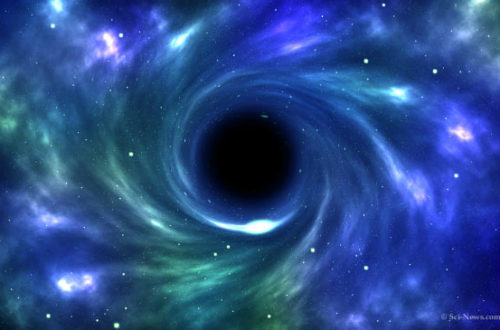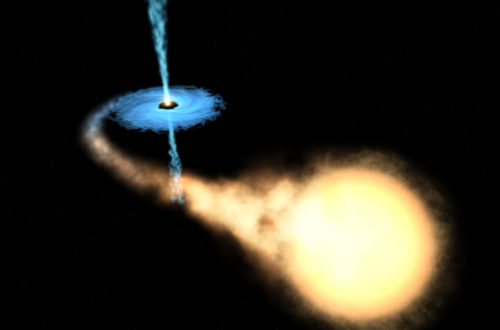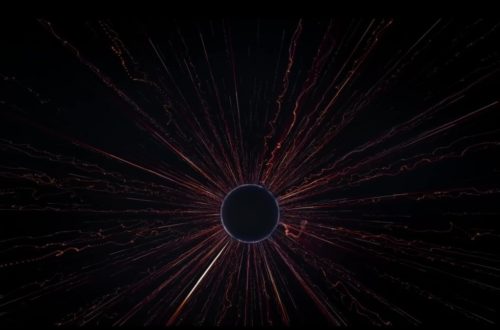Few individuals have left as profound a mark on the world as J. Robert Oppenheimer, renowned for his pivotal role in the development of the atomic bomb during World War II. Yet, Oppenheimer’s contributions extend far beyond this infamous accomplishment. Last month, I watched the premiere of Oppenheimer in the cinema and was intrigued by a scene showcasing his major, yet lesser-known, contribution to science. In 1939, Oppenheimer collaborated with his student, George Volkoff, and published a groundbreaking paper titled “On Massive Neutron Cores” which laid the foundation for our understanding of neutron stars.
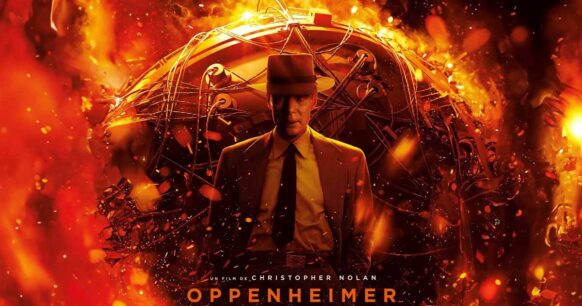
The Tolman–Oppenheimer–Volkoff limit establishes that if the mass of a neutron star is greater than a critical value of approximately 2 solar masses, it will undergo a collapse and form a black hole. This result implies not only the possibility but also the inevitability of black holes in the universe. Observational evidence from the last decade, such as gravitational waves and the shadow of black holes observed by the EHT collaboration, has firmly confirmed the existence of black holes. However, during Oppenheimer’s time, the existence of black holes was a highly contentious prediction of General Relativity theory, to the extent that their 1939 paper did not mention them at all. Instead, their findings led to the following conclusion:
‘We have seen that for a cold neutron core there are no static solutions, and thus no equilibrium, for core masses greater than 0.7 [solar masses]. The corresponding maximum mass before collapse is some ten percent greater than this… There would then seem to be only two answers possible to the question of the “final” behavior of very massive stars: either the equation of state we have used so far fails to describe the behavior of highly condensed matter that the conclusions reached above are qualitatively misleading, or the star will continue to contract indefinitely, never reaching equilibrium’.
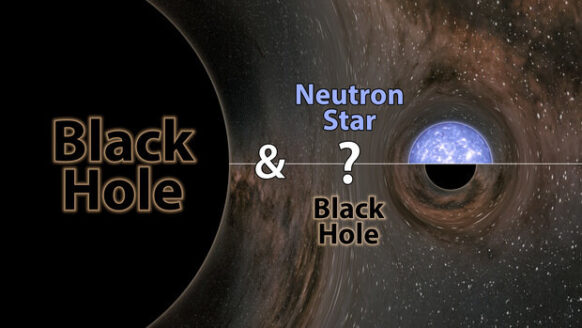
In the current context, indefinite contraction ultimately leads to the formation of a black hole. This is precisely why the movie director chose to depict an animation resembling a view of black holes distorting the starry background and capturing light.

